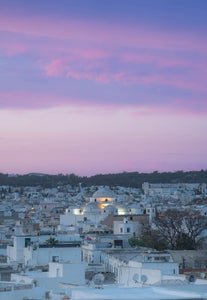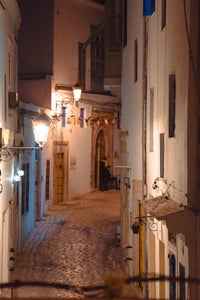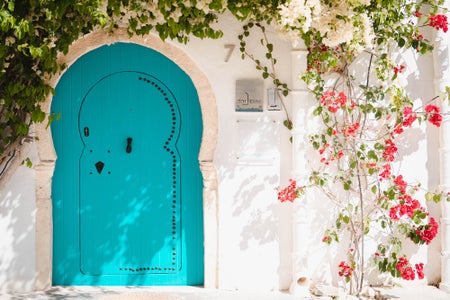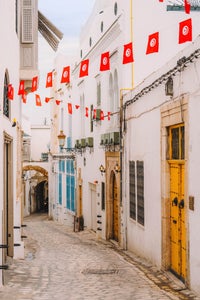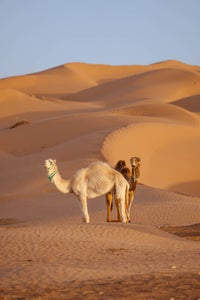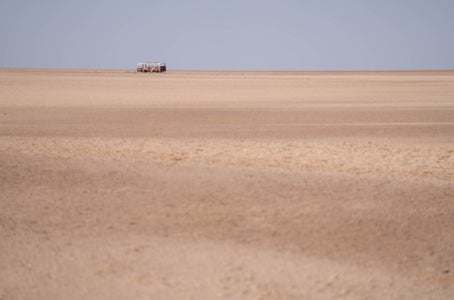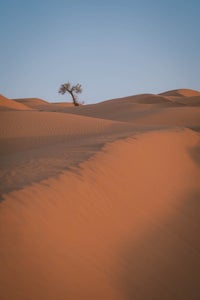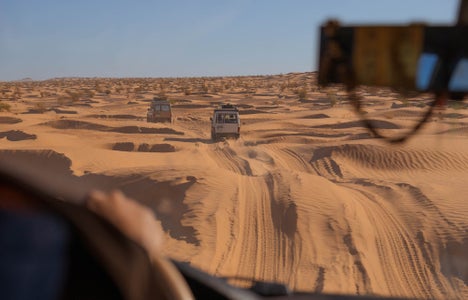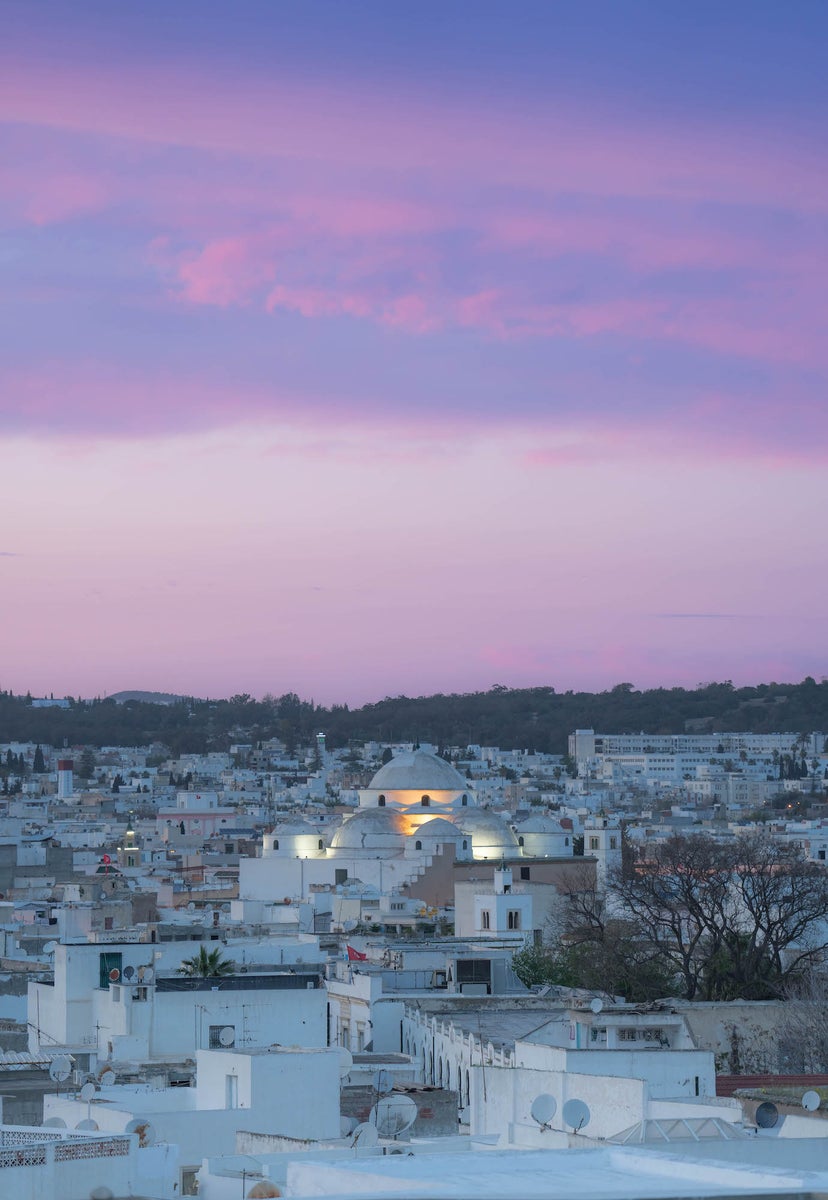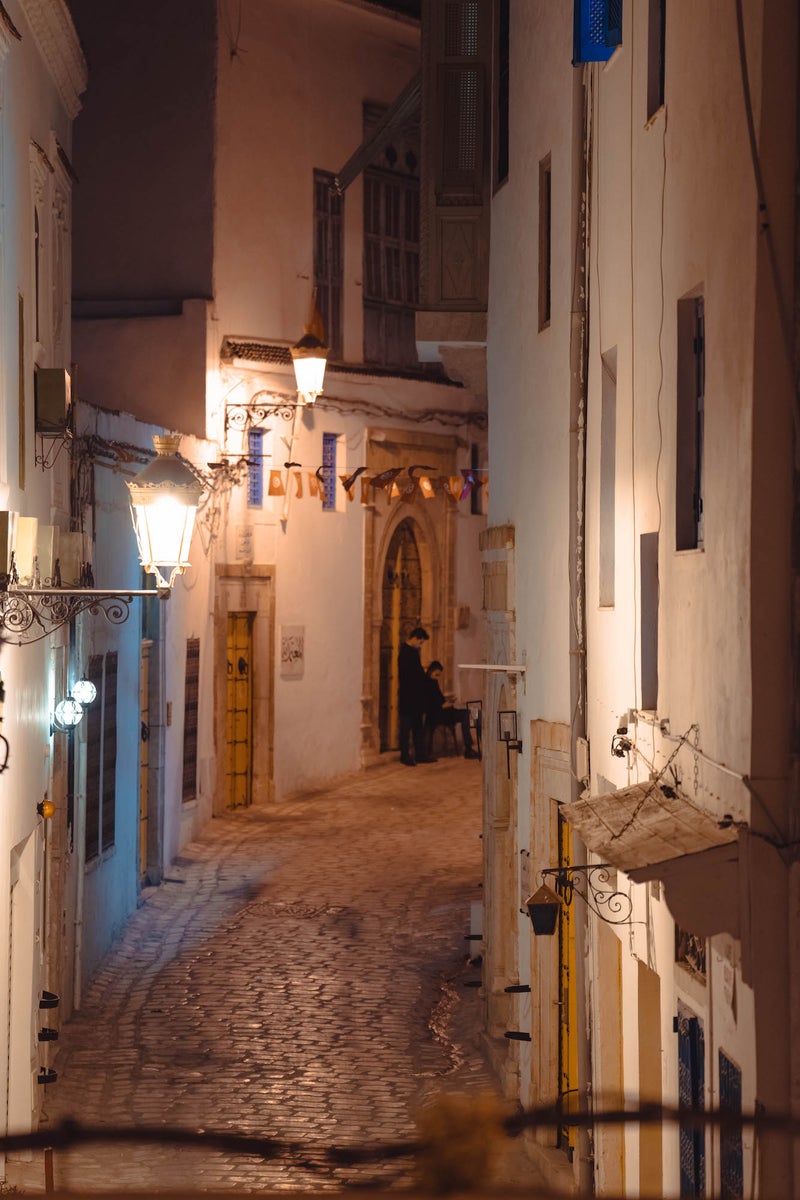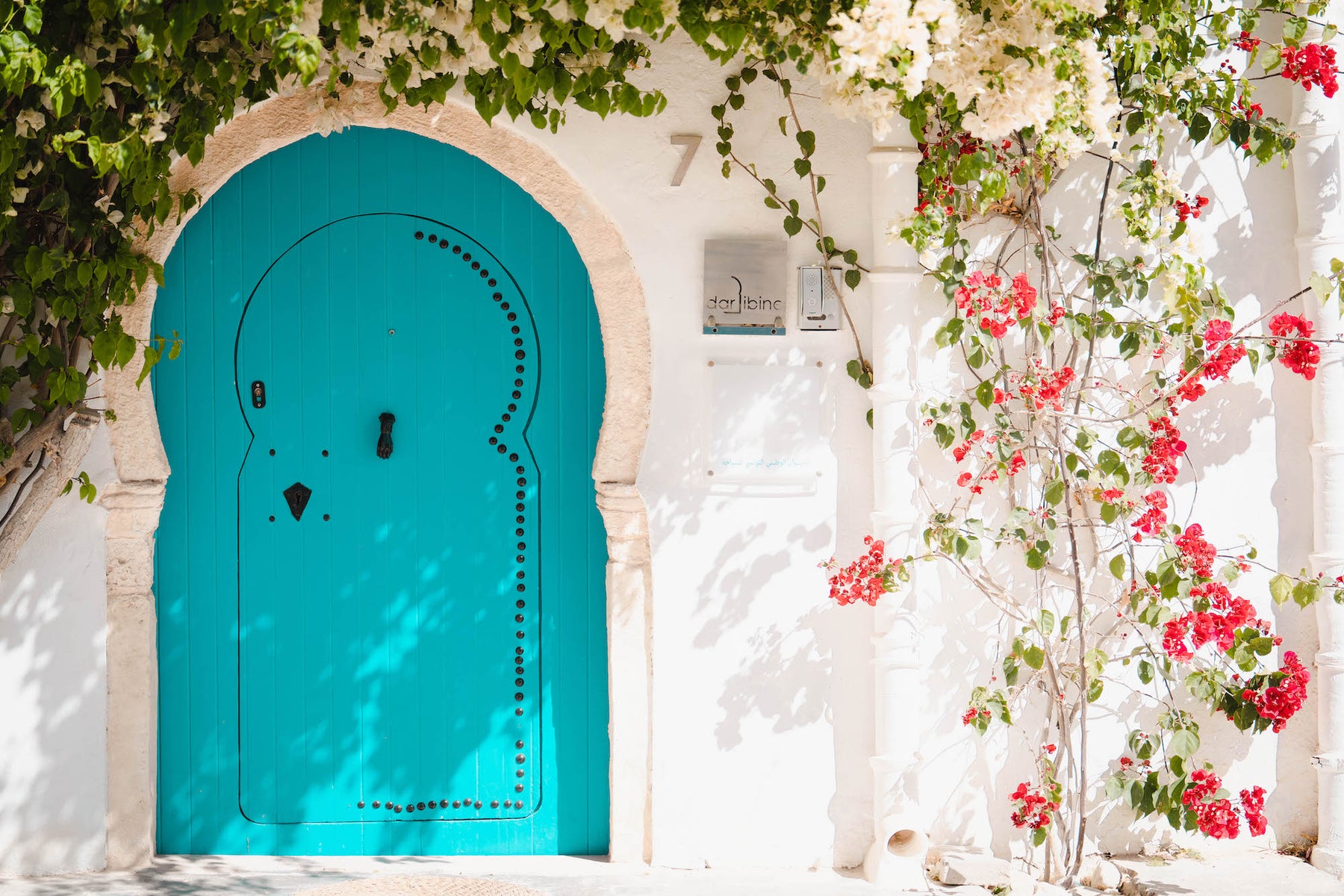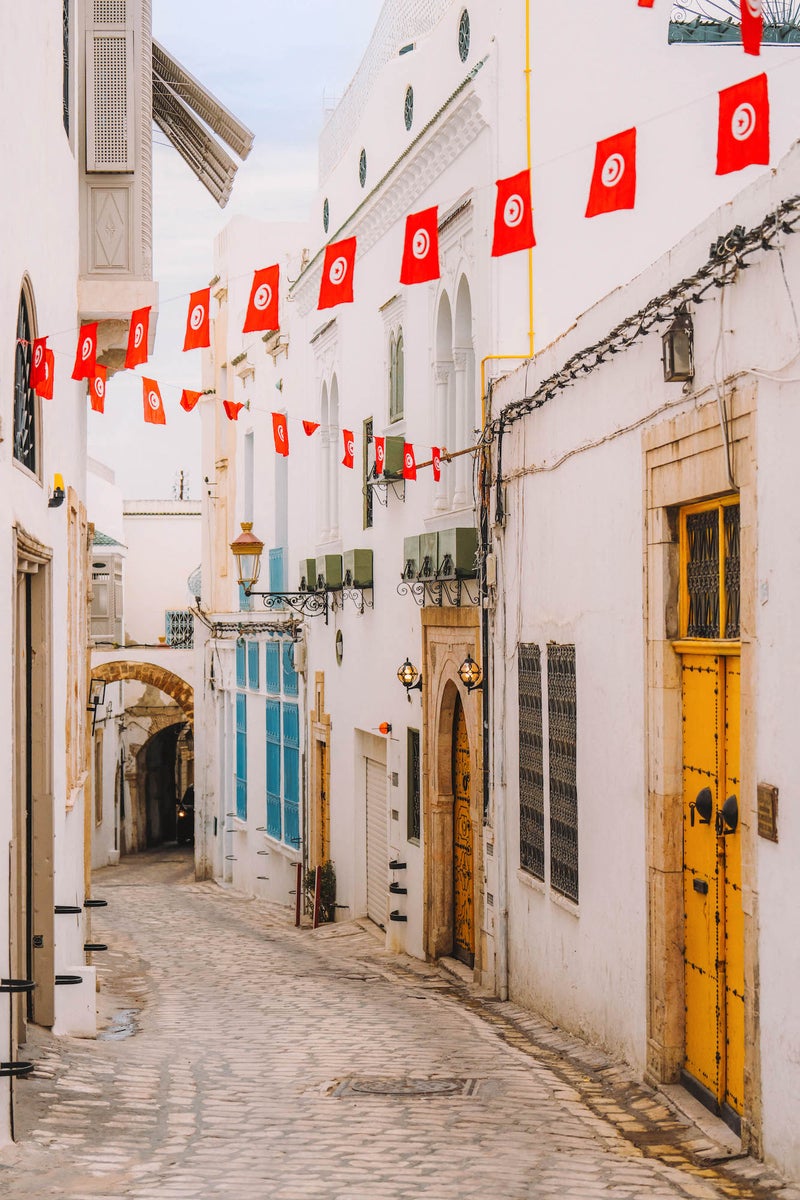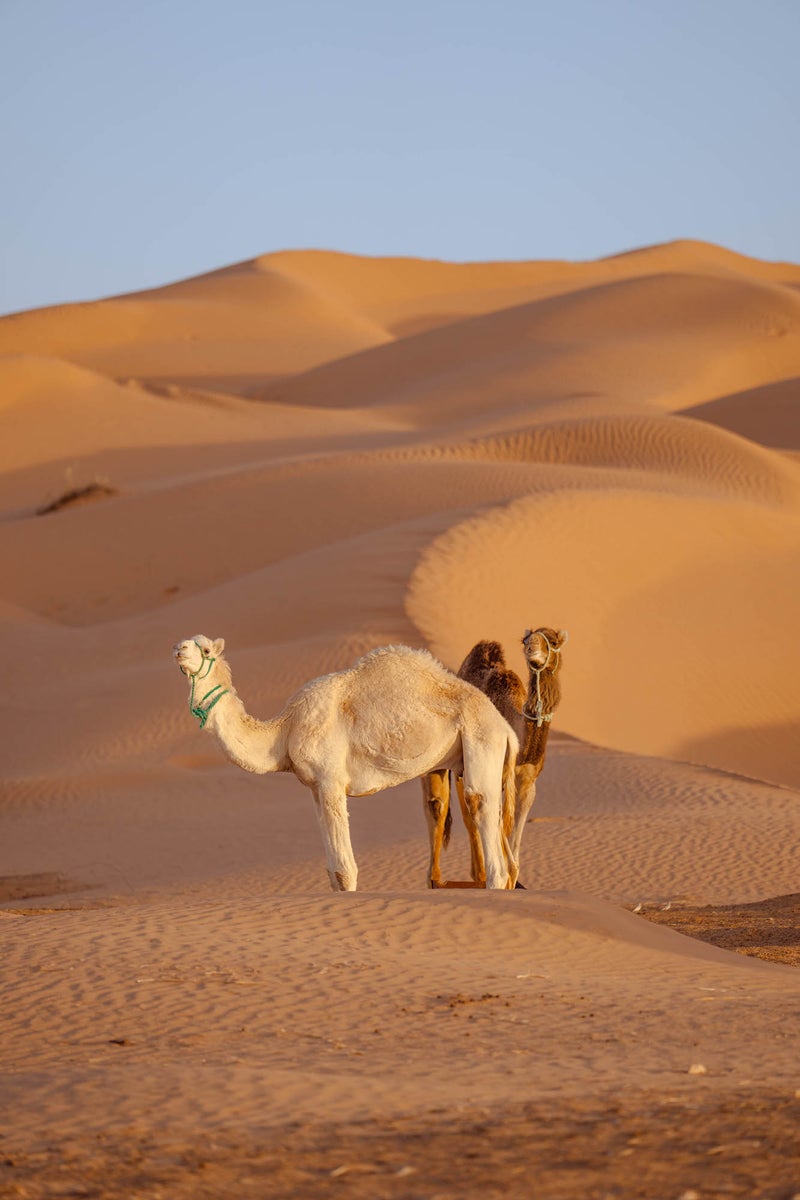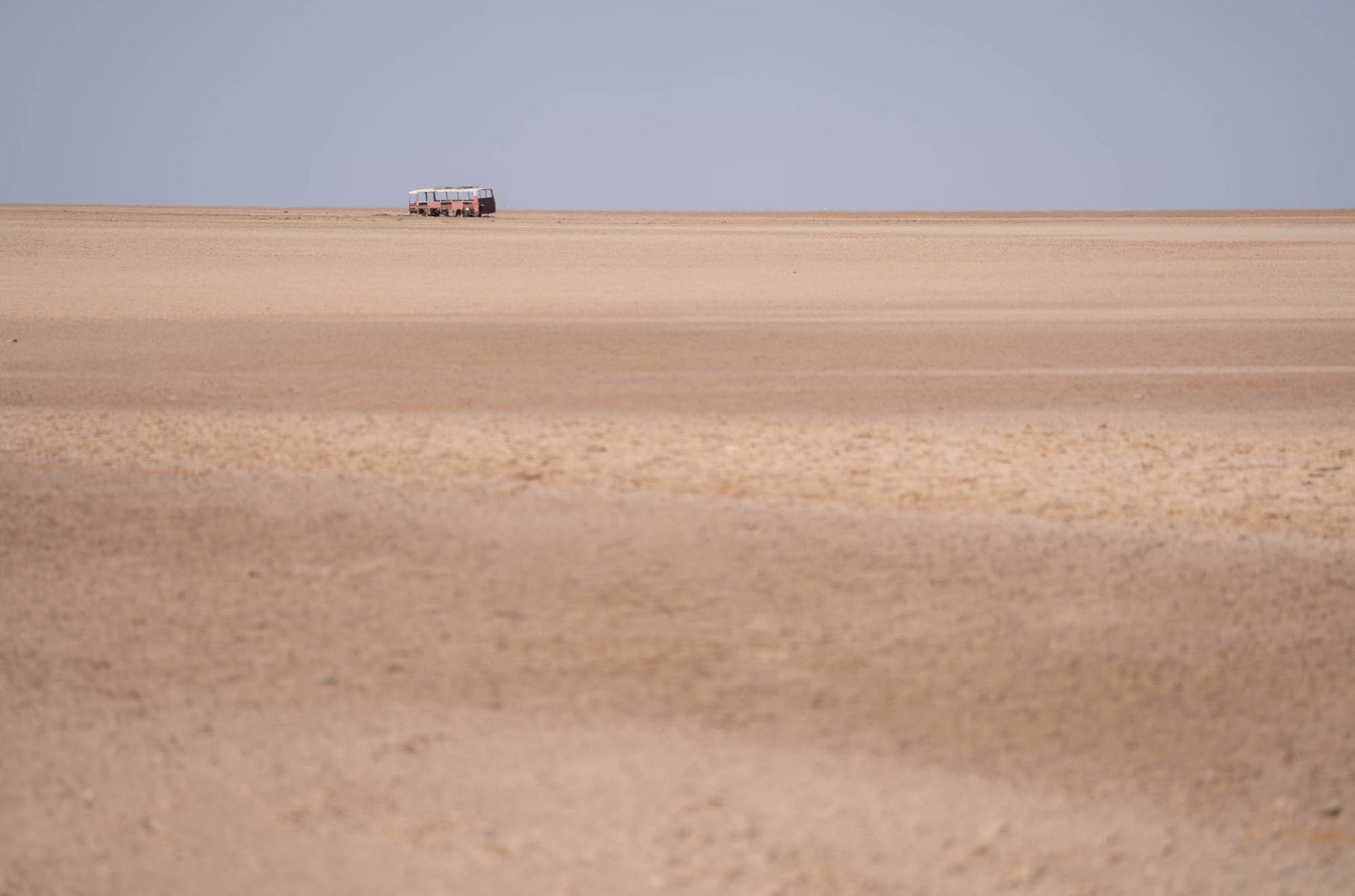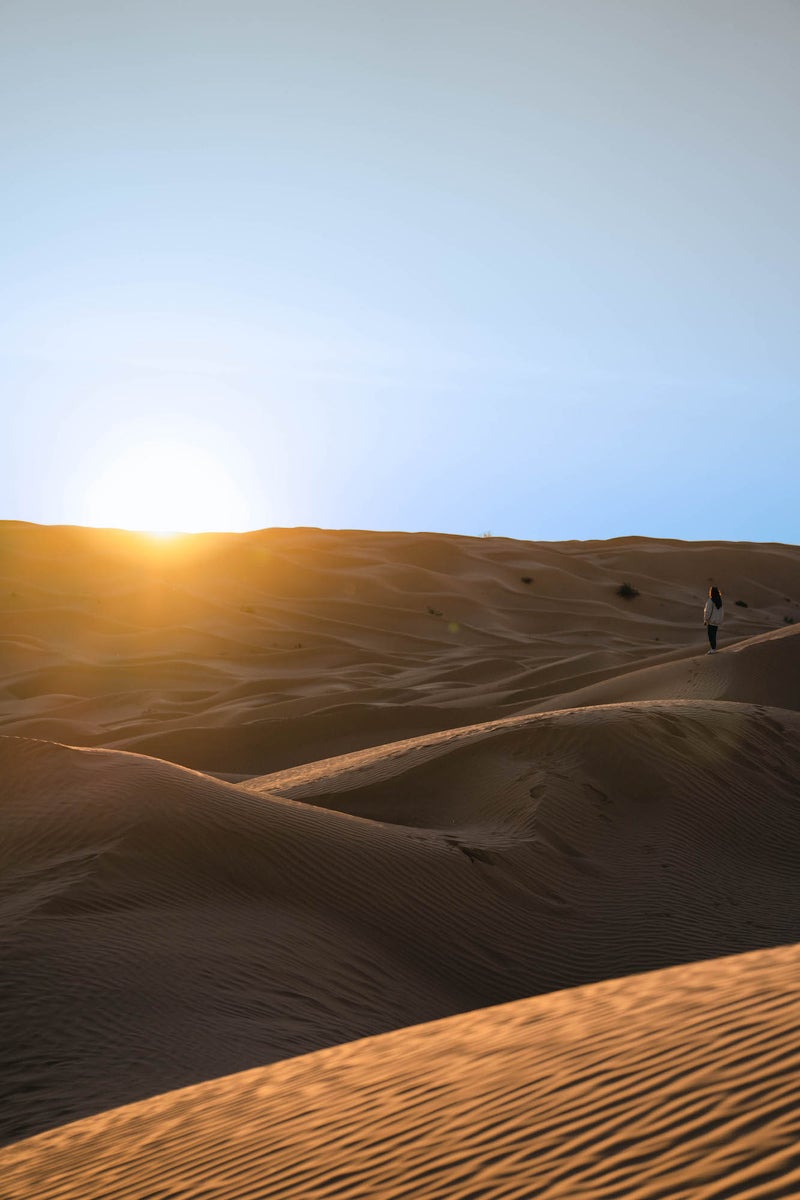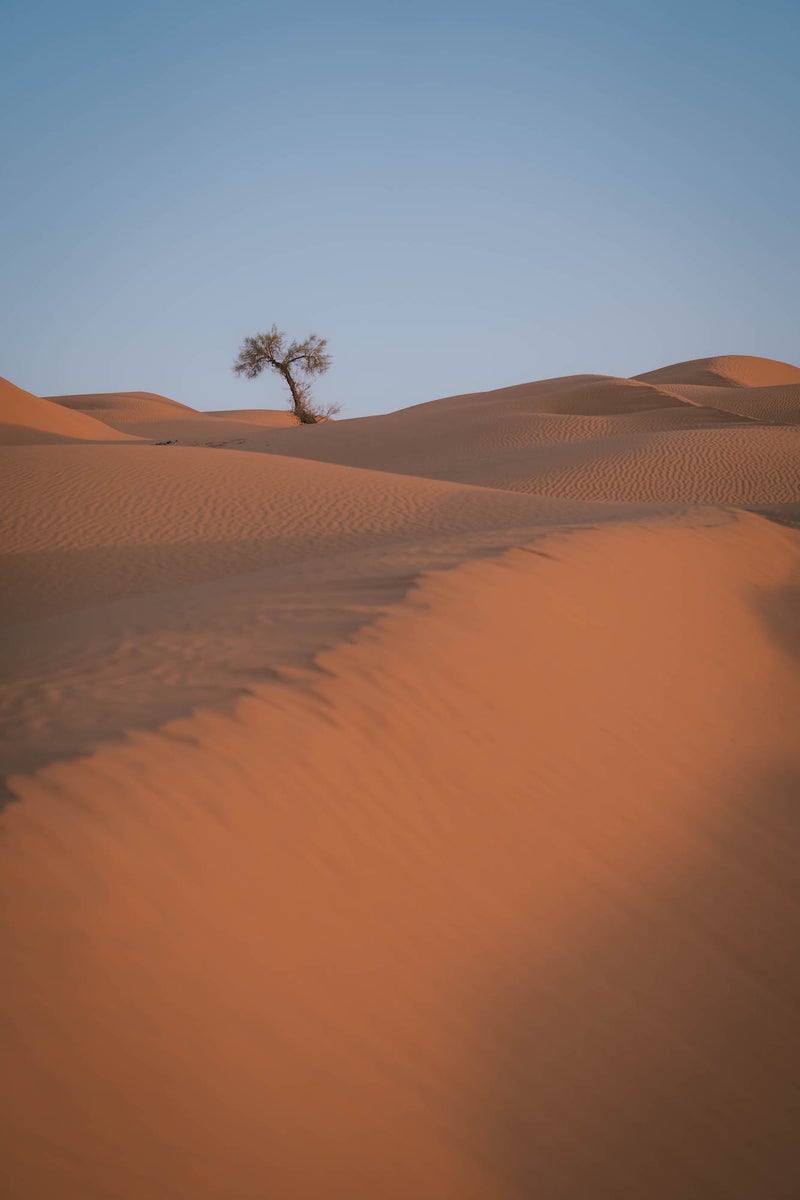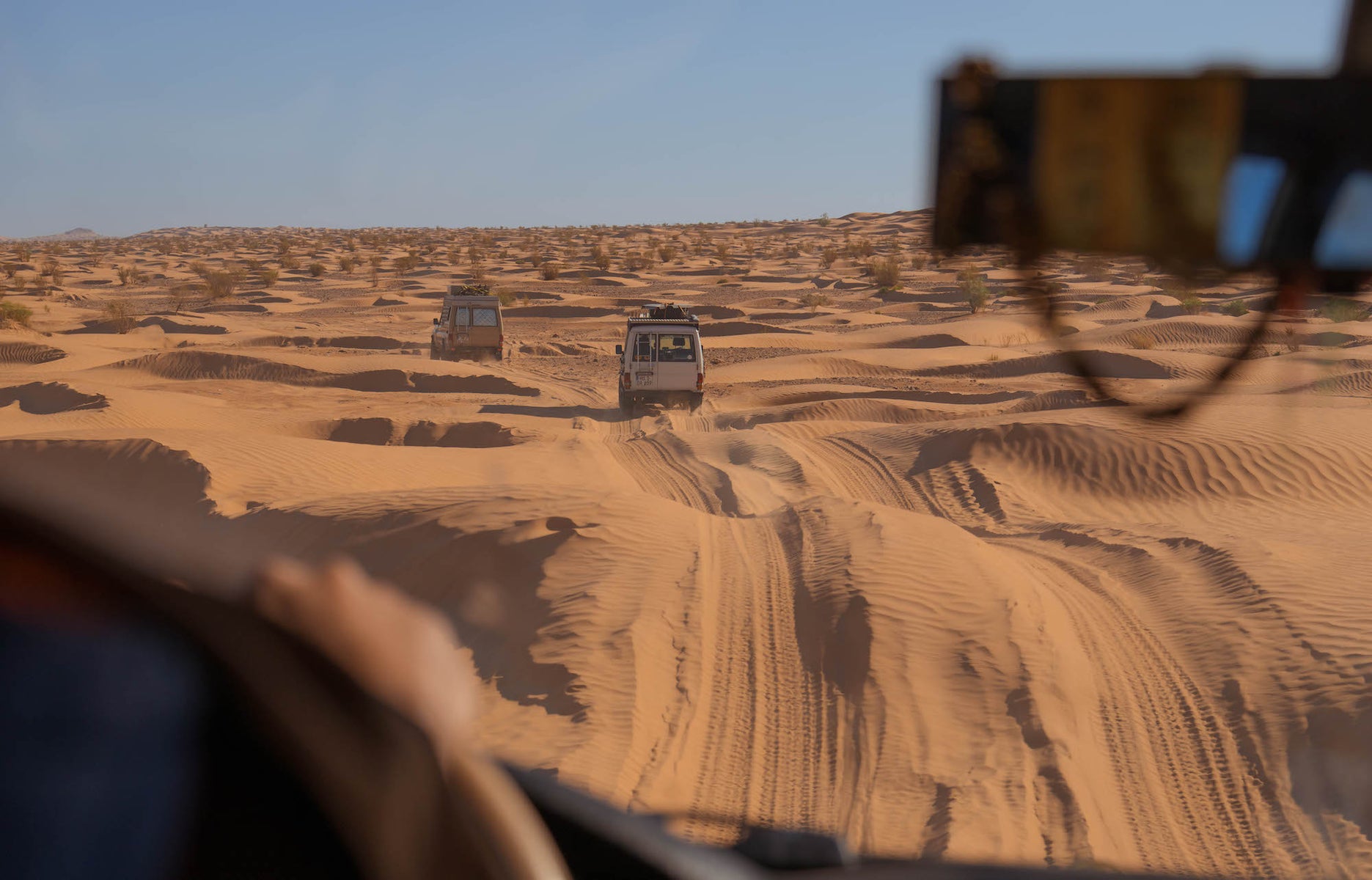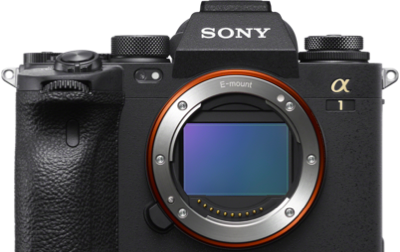Photographers often debate one question: if you could have any one lens, what would it be? Fortunately, having won a Sony contest, I found myself in this very scenario. (I was able to choose any lens.) I decided to opt for a lens I had only used a handful of times in eight years of shooting – the Sony 70-200mm f/2.8 G Master II. So why this lens? First, I wanted to add to my arsenal a lens that could do what no other lens could do. Second, this lens would lead to new opportunities both recreationally and professionally. Lastly, fresh content for my photography portfolio.
Product Preview – In This Article You'll Find:
–Sony Alpha 1
–Sony 70-200mm f/2.8 G Master II
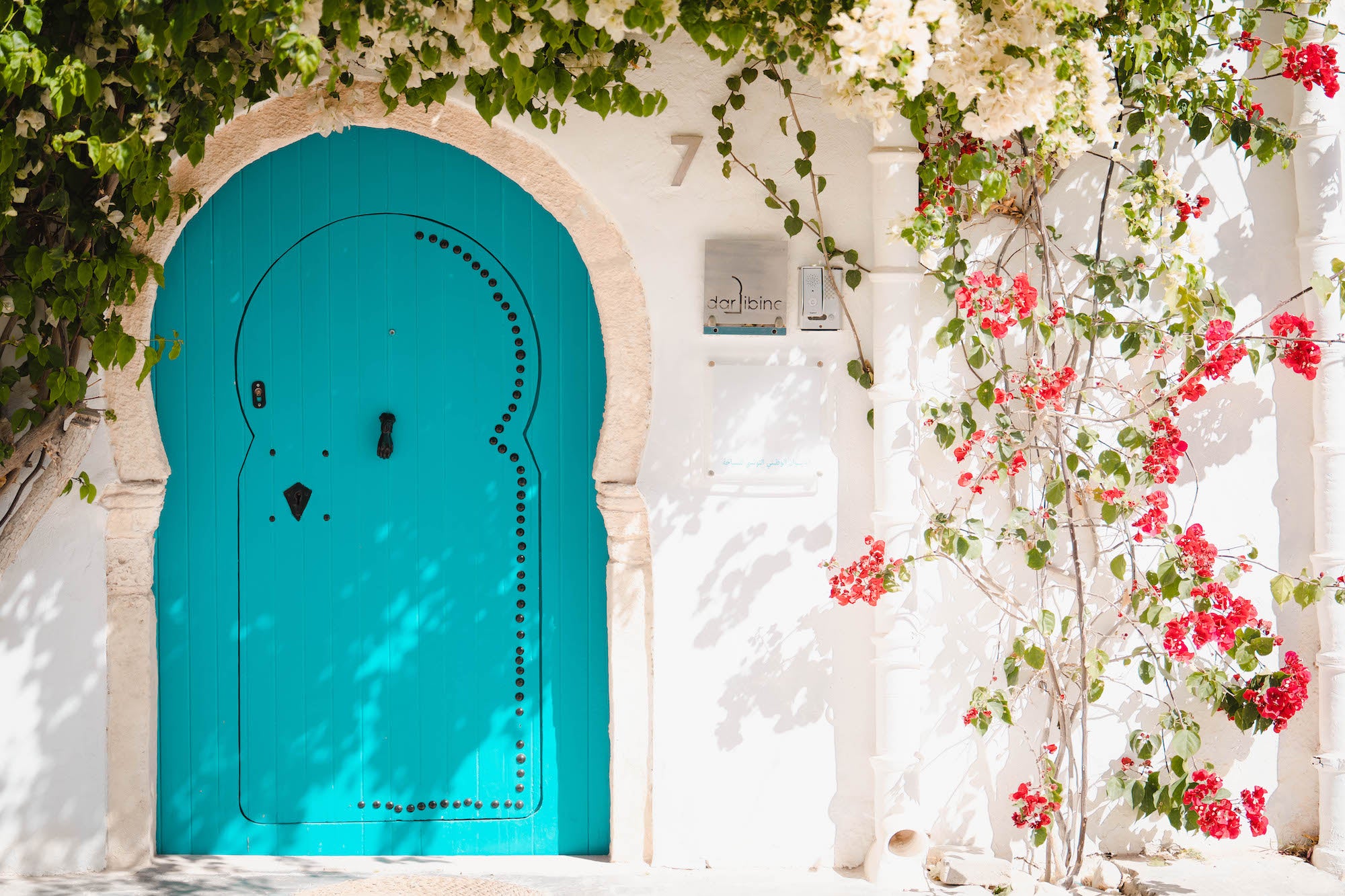
Photo by Max Boncina. Sony Alpha 1. Sony 70-200mm f/2.8 G Master II. 1/1000-sec., f/2.8, ISO 100
See how this photographer stepped away from his specialty and out of his comfort zone to try landscape and street photography with the Sony 70-200mm f/2.8 G Master II.
New Focal Range, New Challenge
Let's begin with the basics, what is a telephoto lens? It allows you to bring far away objects to you, mostly used in landscape, sports or wildlife photography. None of those are my specialty. My strength and passion lies in exploring and capturing abandoned locations, which requires a wide angle lens. Sometimes I also work with a model which utilizes a portrait lens. Using the Sony 70-200mm f/2.8 G Master II will be a welcome new challenge.
So, where was I going to explore the capabilities of the 70-200mm? A trip to Tunisia, a green wedge in the vast North African desert. A land of mythical stories spanning Carthage, Ancient Rome, the Byzantines, Arabs, the Spanish empire, Italian and French colonization and finally independence. Not to mention the inspiring events during the Arab Spring of 2011. My trip would tour the majority of the nation, from the sprawling maze of the Tunis Medina to the magical beauty of the Sahara. I decided to bring every lens and accessory with me, not wanting to miss anything!
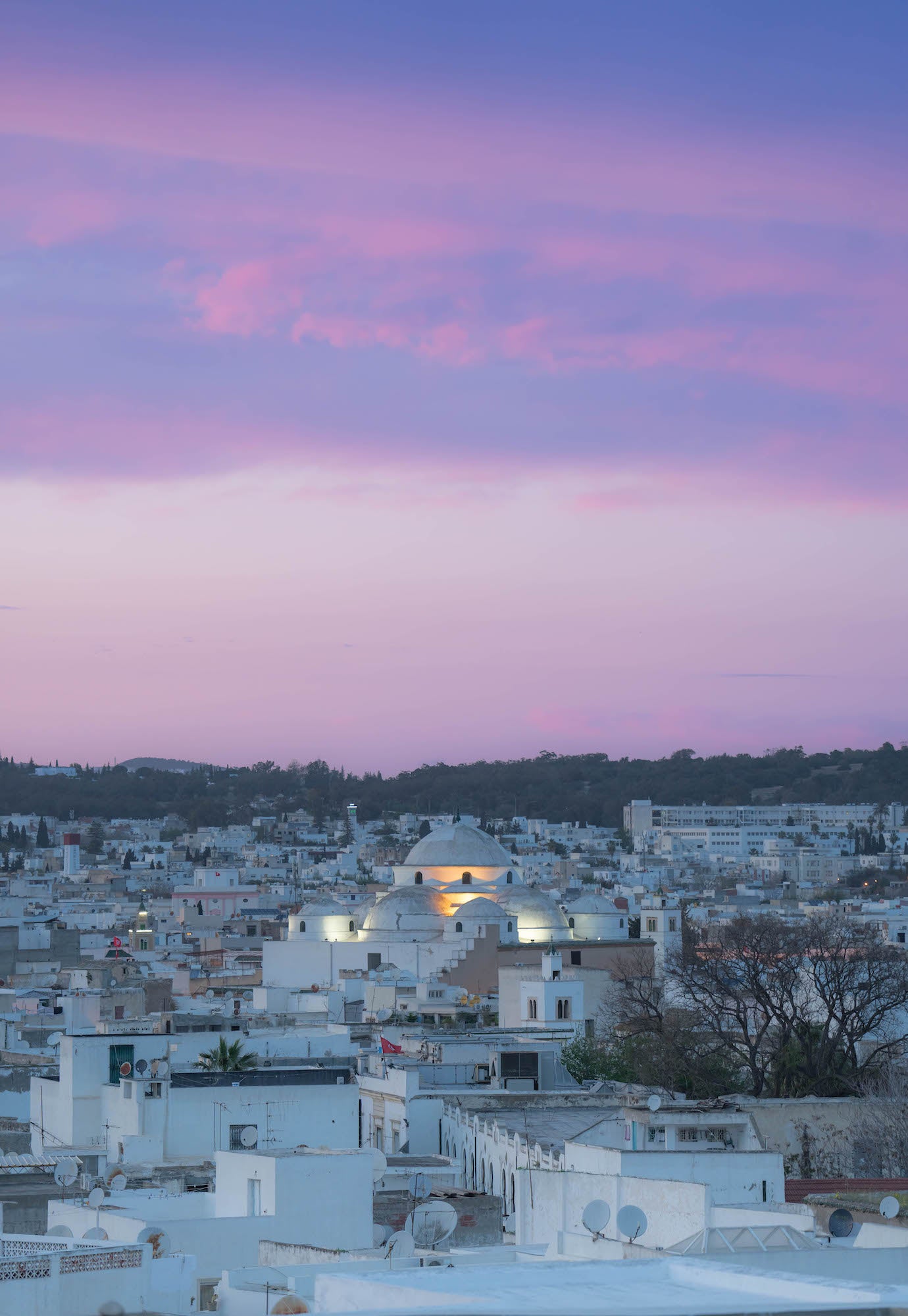
Photo by Max Boncina. Sony Alpha 1. Sony 70-200mm f/2.8 G Master II. 1/50-sec., f/2.8, ISO 320
When I arrived, like a noob, I scoured the internet for help and reference images, with search terms like “landscape photography 70-200” or “desert photography 70-200.” Seeing reference photos gives our minds real world images to model off of. Yet, stubbornly, I stayed in my comfort zone, using exclusively my 16-35mm wide angle and 55mm portrait lens. Not until the later stages of my trip did I decide to switch lenses.
As we were driving to our next destination, our guide pointed to the horizon as he had done many times before. When I looked I saw an abandoned tour bus which sat rusting away in the arid steppe miles away. I snapped to attention at the words “abandoned”. I knew the 55mm lens was useless at this distance. Only when zooming out to the full 200mm was the image revealed.
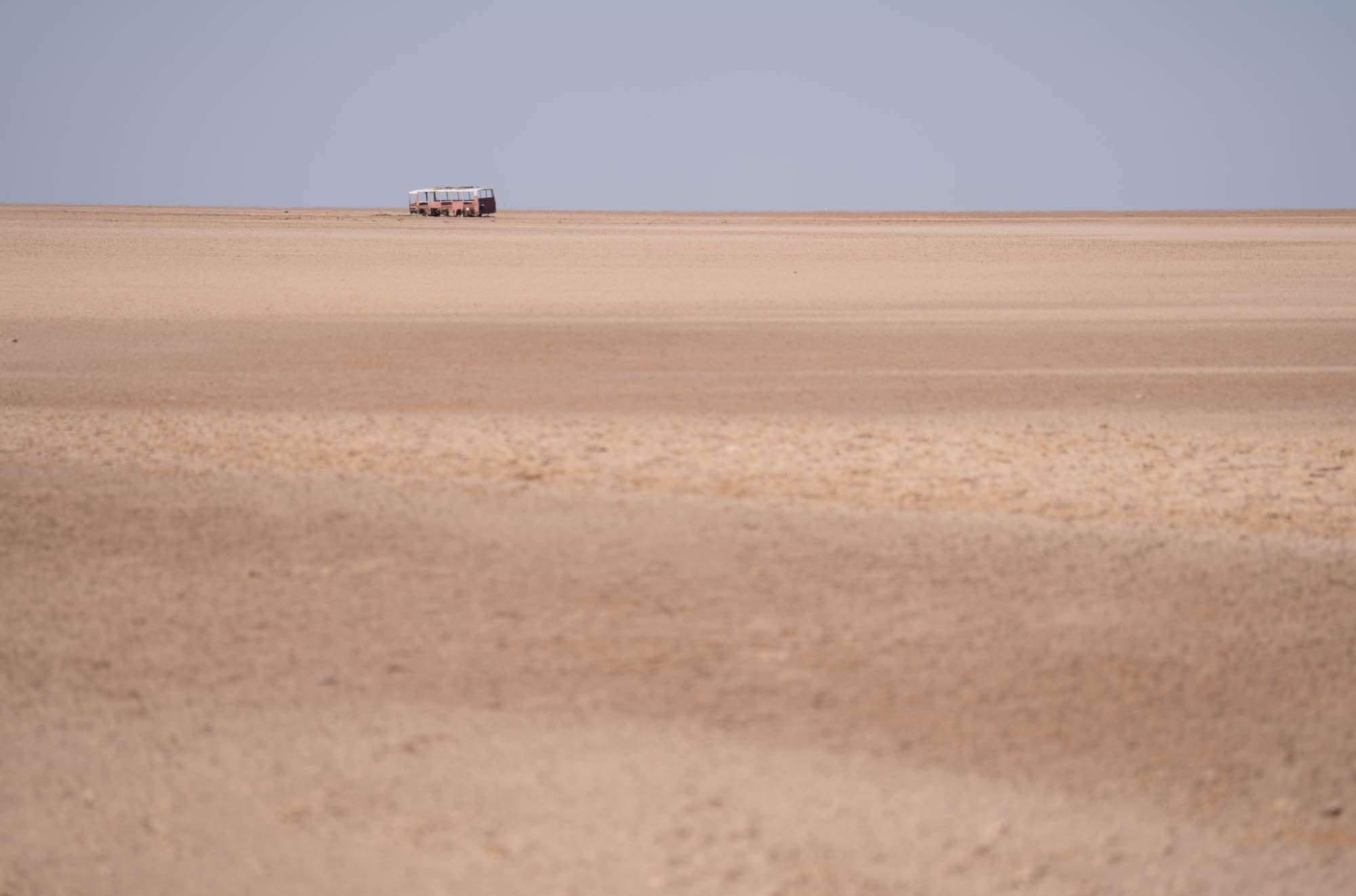
Photo by Max Boncina. Sony Alpha 1. Sony 70-200mm f/2.8 G Master II. 1/3200-sec., f/2.8, ISO 100)
Shortly thereafter we switched vehicles. We were approaching the Sahara and needed a 4X4 for what came next. Paved roads gave way to barely discernible trails and finally just sand dunes. As we rocked back and forth, the driver navigating the sand, I simply had to shoot. In awe of my surroundings, I again went back to the 70-200mm. I rolled down the window and clicked away, making sure not to drop the camera as we bounced over the desert switchbacks. Then in front of us appeared a pair of Land Rovers. I ducked backed inside, held the camera firm against my cheekbones (to try and prevent any disrupting motion), and shot through the front windshield. Lowering the f stop to blur out the steering wheel, mirror and hands of the driver. As I checked the viewfinder, the crispness of the lens was astonishing. I could clearly read the license plates of those vehicles in front of us! Telephoto lenses seem to have an impact on the ease by which to achieve a sharp handheld photograph.
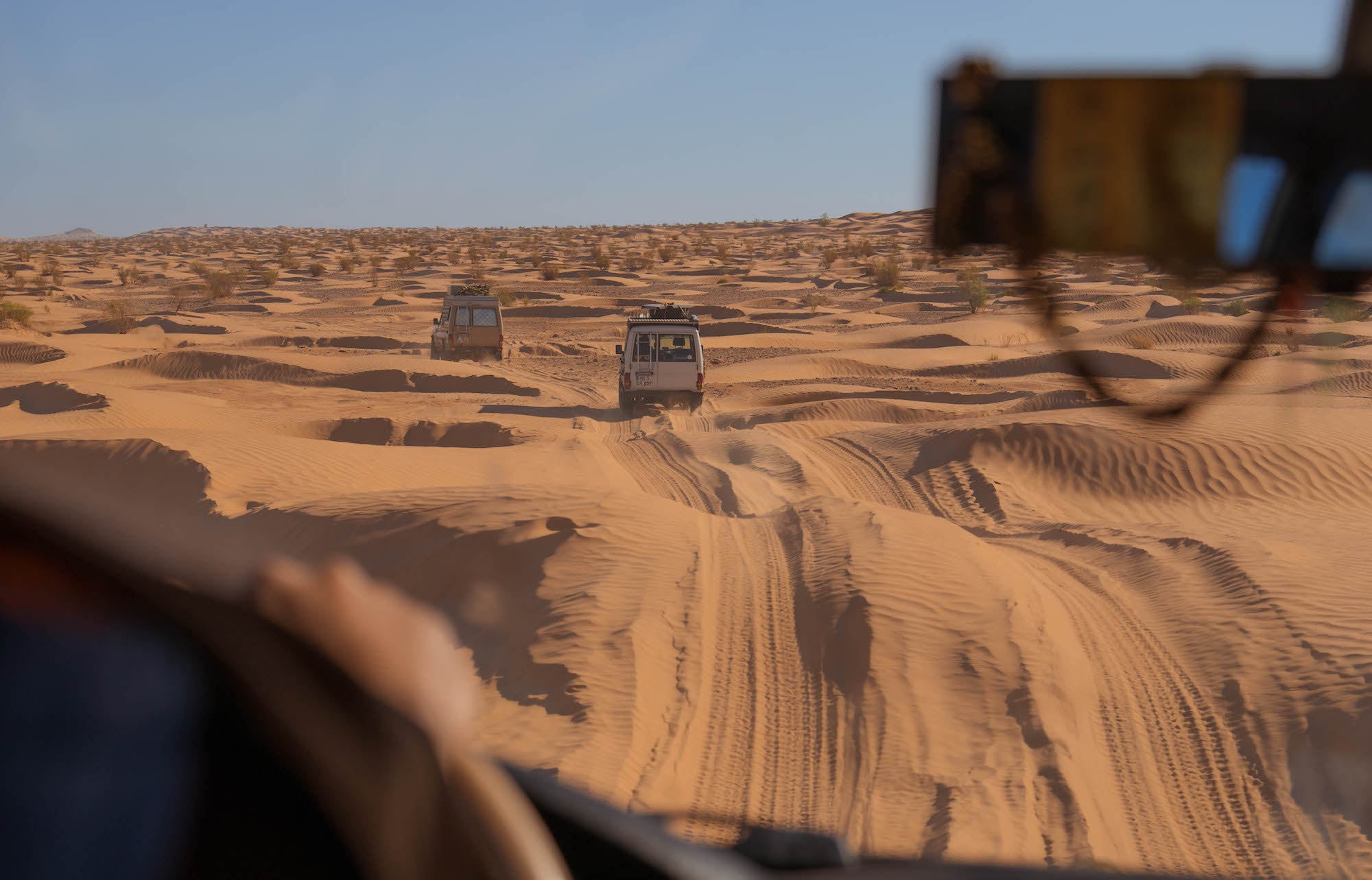
Photo by Max Boncina. Sony Alpha 1. Sony 70-200mm f/2.8 G Master II. 1/1600-sec., f/6.3, ISO 100
Soon after we arrived at our destination Camp Mars, named after the red color of the sand. White square tents were completely surrounded by dunes. The dunes stretched as far as the eye could see. I felt the immensity of the Sahara. Sunset was only an hour away. I grabbed the 70-200mm and my daughter’s hand and we sprinted off! At once I saw my “model”, a lone tree in the direction of the sun. Heading off we passed two camels along the way. They looked at us and seemingly raised their heads and nodded in greeting. I quickly snapped a few photos.
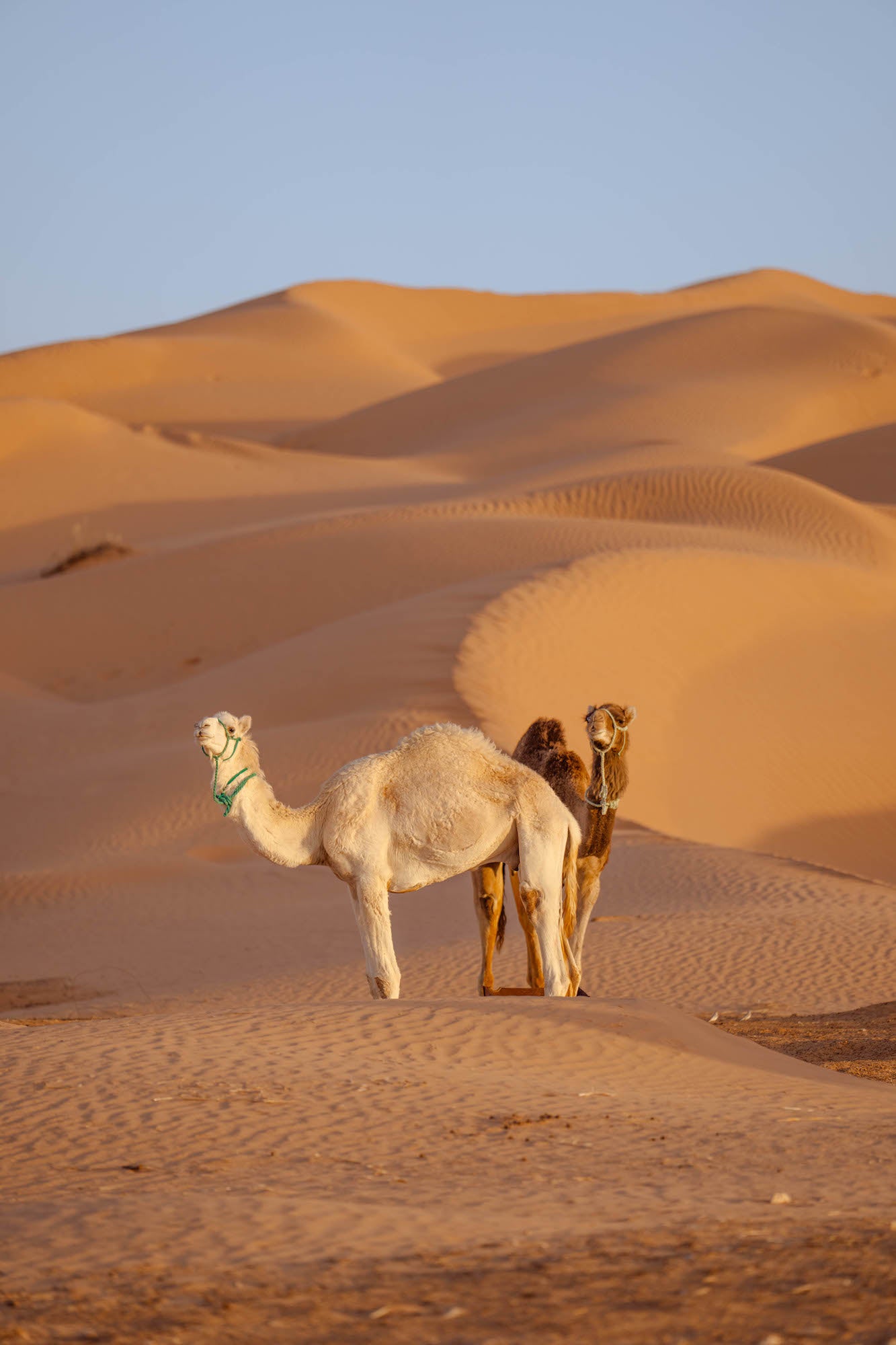
Photo by Max Boncina. Sony Alpha 1. Sony 70-200mm f/2.8 G Master II. 1/640-sec., f/2.8, ISO 100
As we climbed higher and higher along the dunes my daughter took off her sandals, to feel the sand as soft as flour. The tree now in my line of sight, I realized how far I had walked. The 70-200mm lens forces you to monitor your physical location in relation to the subject, because the further away you are, the sense of scale comes into play.
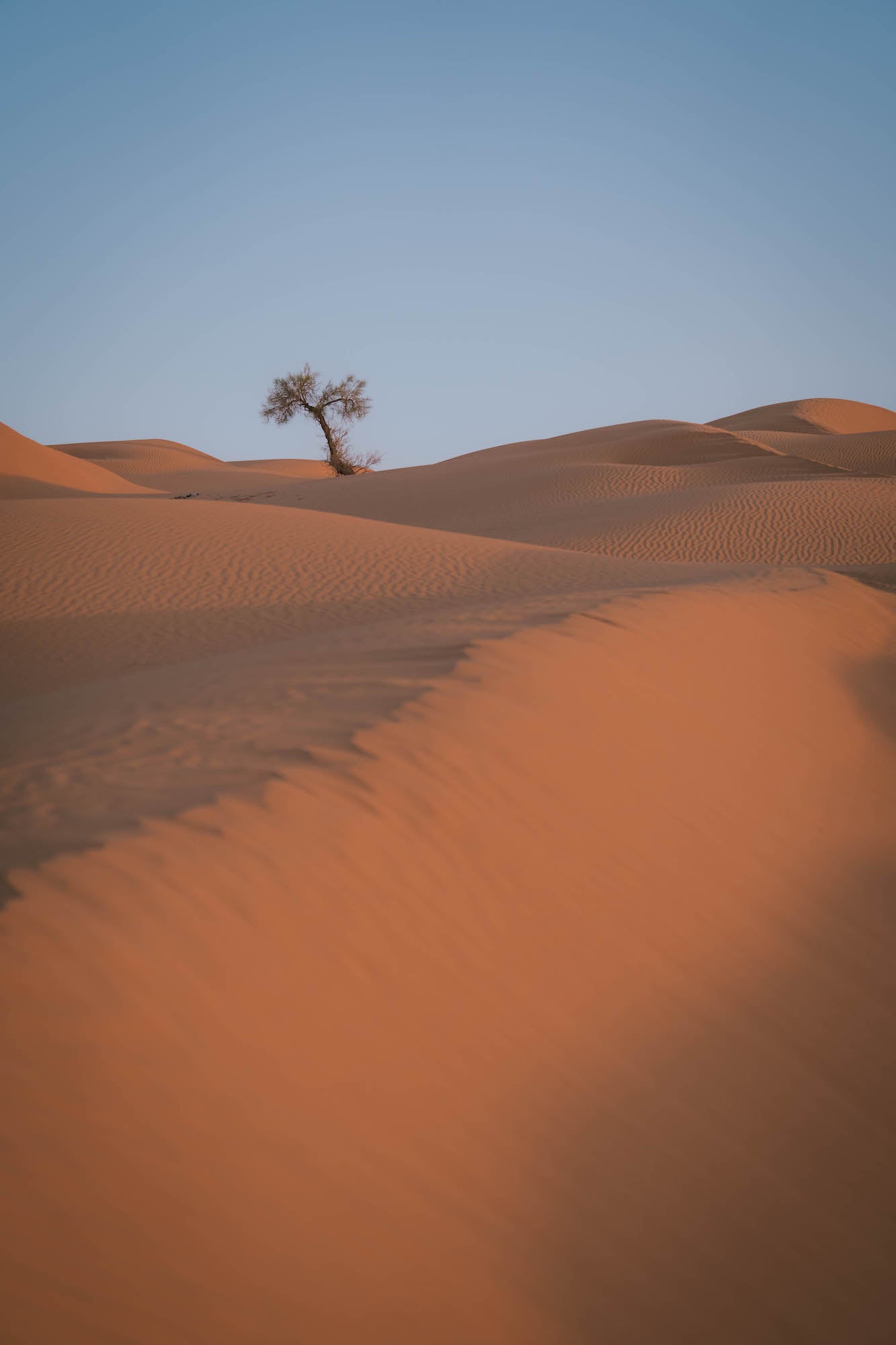
Photo by Max Boncina. Sony Alpha 1. Sony 70-200mm f/2.8 G Master II. 1/640-sec., f/2.8, ISO 100
That night at Camp Mars I set my alarm for 5:00 a.m. Dawn. My wife was with me now. Overnight the colors had completely changed. We were greeted with a crisp and cool blue sky with only a hint of the glaring yellow sun that was to come. Gone were the warm tones from sunset. We disappeared into the landscape. As the sun rose, I composed a layered scene with distinctly different distances, all in play. Unfortunately, I had to disturb the beautiful silence of the desert to yell over directions to my wife. Marie was quite far away, but perfect for the lens.
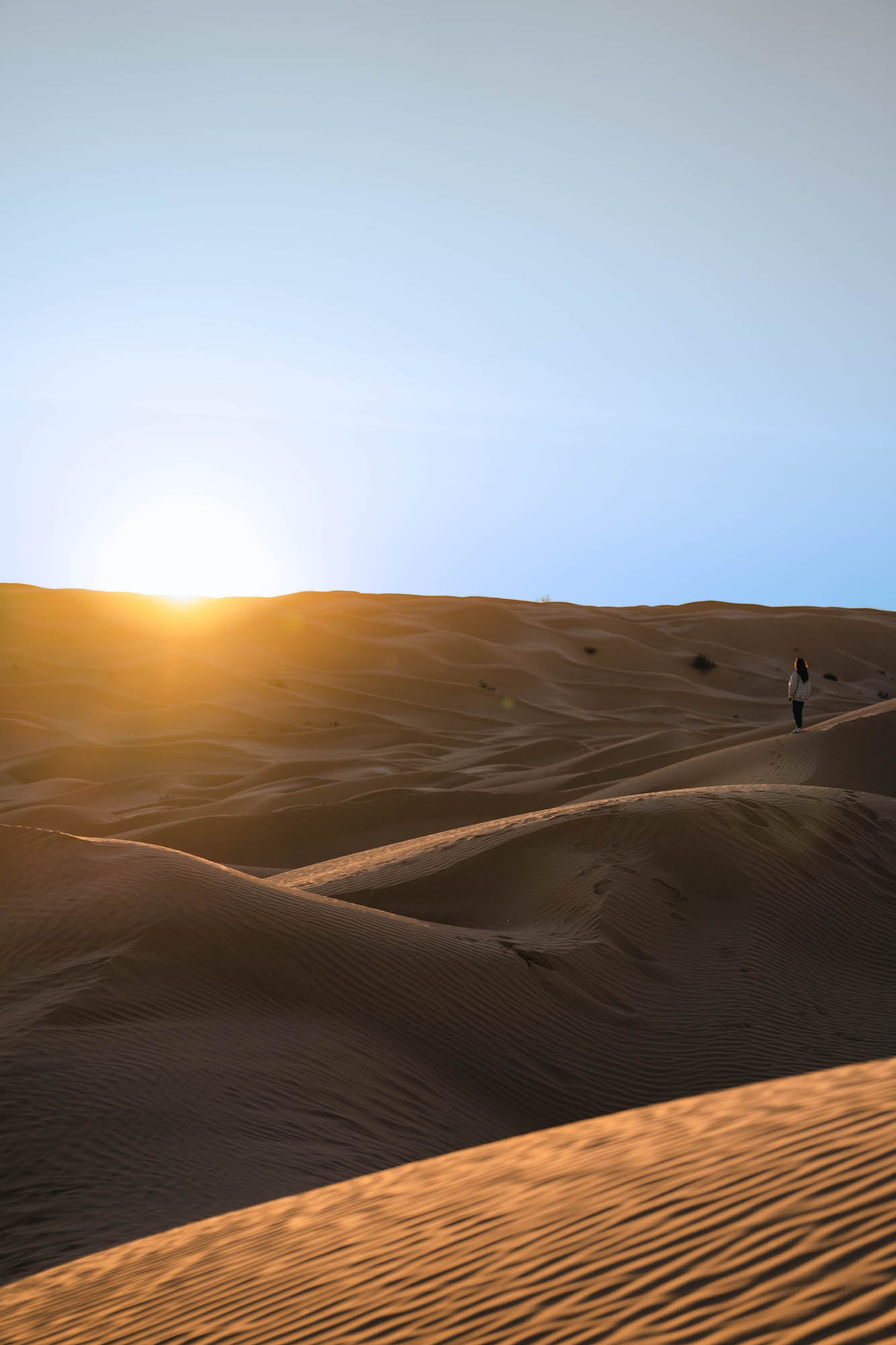
Photo by Max Boncina. Sony Alpha 1. Sony 70-200mm f/2.8 G Master II. 1/1200-sec., f/2.8, ISO 100
Our final destination was the medieval Medina in Tunisia’s capital city, Tunis. The Medina is the historic quarter of a North African city. I was eager to lose myself in this puzzle of alleyways. I tried to stay invisible, shooting from distance so no one would be offended by my intrusion, another advantage of a telephoto lens.
Exploring the area near my hotel at night, my daughters and I came across a delicately beautiful moucharaby, a second story window with lattices to replace windows or glass. Lifting the lattice revealed the street below us. Far off to my right were two hotel workers. Not wanting to alter the scene, I readied my 70-200mm. In semi darkness and handheld, I surreptitiously snapped away.
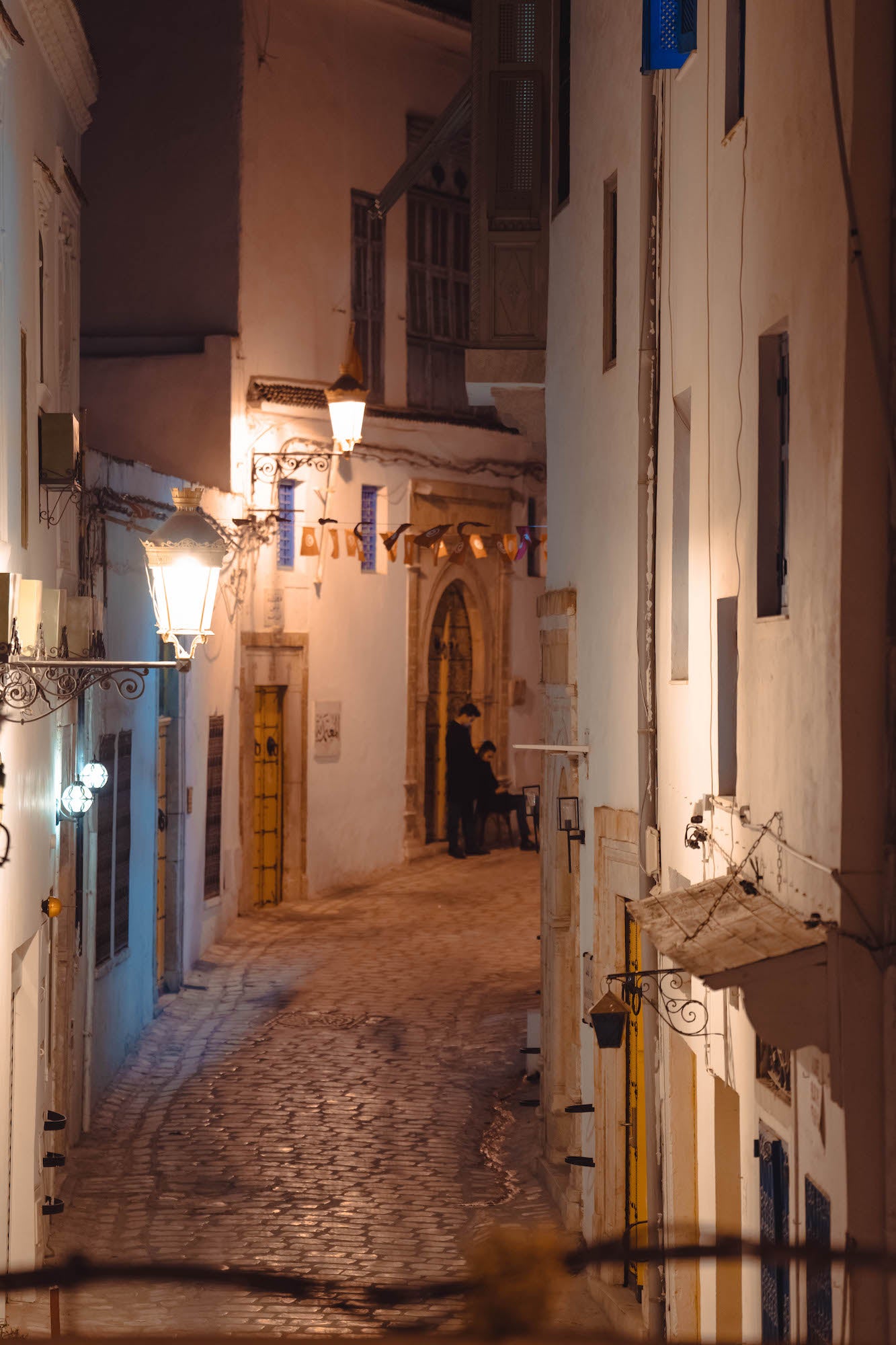
Photo by Max Boncina. Sony Alpha 1. Sony 70-200mm f/2.8 G Master II. 1/40-sec., f/2.8, ISO 800
After this incredible trael and photography experience, I came away with so many positive insights. First, the mind never tires of learning. It was so uplifting to use a new lens. I look forward to all that this lens STILL has to teach me. Second, I gained confidence. I am definitely not a landscape or street photographer, but armed with a dynamic lens, I was able to shoot some content I am definitely proud of. Third, I will apply the knowledge gained on my trip, and venture back into my world of urban decay and abandonment with a fresh perspective. My mind full of ideas - I cannot wait to shoot!
See more of Max Boncina’s work on Instagram @max.bon.
